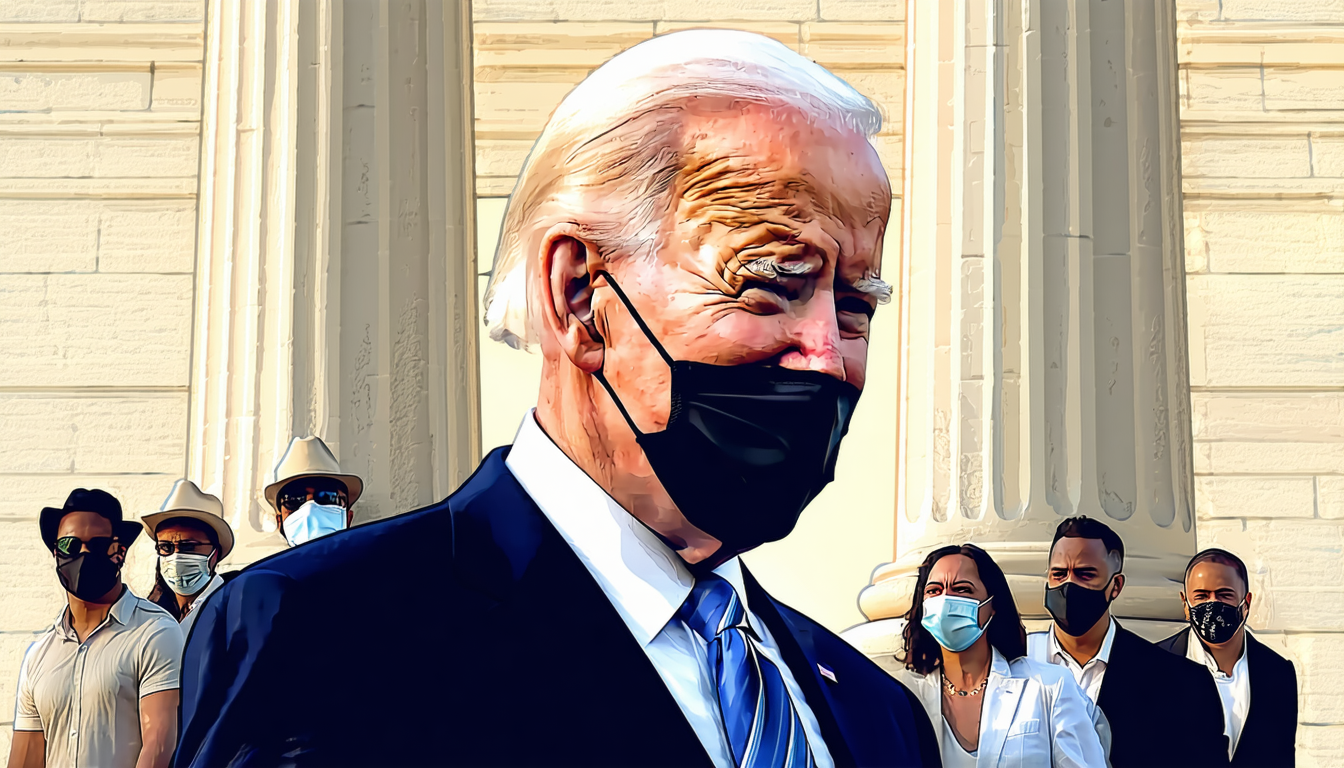In a decisive move to address the ongoing challenges at the southern border, President Biden announced a comprehensive immigration reform package today aimed at overhauling the nation’s approach to border security and pathways to citizenship. The initiative comes as border encounters have reached a five-year high, with over 180,000 migrants processed last month alone. Administration officials describe the plan as a “balanced approach” that combines enhanced enforcement measures with expanded legal immigration channels, representing the most significant policy shift on U.S. immigration in nearly two decades.
Border Security Measures Take Center Stage
The reform package allocates $4.5 billion toward border security infrastructure, including advanced surveillance technology and additional personnel. Department of Homeland Security Secretary James Rodriguez emphasized the technological focus of the new approach.
“We’re moving beyond physical barriers to implement a smart border strategy that leverages artificial intelligence, drone surveillance, and biometric verification systems,” Rodriguez stated during this morning’s press briefing. “This represents a fundamental shift in how we secure our borders while maintaining our humanitarian obligations.”
The plan includes funding for 2,500 additional border patrol agents and the establishment of regional processing centers in Central America designed to screen asylum seekers before they reach U.S. soil. These centers aim to reduce the backlog of cases currently overwhelming immigration courts.
Technology-Driven Enforcement
The administration’s approach heavily emphasizes technological solutions, with $1.2 billion specifically earmarked for AI-powered surveillance systems capable of detecting unauthorized crossings in remote areas. Border Patrol Chief Maria Hernandez called the technology investment “transformative” for enforcement capabilities.
“These systems will allow us to monitor vast stretches of border with fewer personnel, enabling more strategic deployment of our agents where they’re most needed,” Hernandez explained.
Pathways to Legal Status Expanded
Alongside enforcement measures, the package creates new pathways for legal immigration and addresses the status of approximately 11 million undocumented immigrants currently residing in the United States.
The plan establishes a conditional path to citizenship for undocumented residents who have lived in the country for at least five years, requiring background checks, tax compliance, and English proficiency. For agricultural workers and those brought to the country as children, expedited processes would be available.
Merit-Based System Overhaul
The reform significantly restructures the legal immigration system by shifting toward a more merit-based approach while preserving family reunification channels. The annual cap on employment-based visas would increase from 140,000 to 280,000, with priority given to individuals with advanced degrees in STEM fields.
“American businesses are facing critical workforce shortages in key sectors,” noted Commerce Secretary Thomas Wilson. “This reform acknowledges the economic reality that strategic immigration is essential for maintaining our competitive edge globally.”
Political Reactions and Implementation Timeline
Congressional reactions have fallen largely along party lines. Republican leaders criticized the plan as insufficient on enforcement, while progressive Democrats expressed concerns about the heightened security measures.
Senate Minority Leader Michael Thompson called the proposal “a half-measure that fails to adequately secure our borders,” while Representative Sarah Johnson praised it as “a balanced approach that recognizes both security and humanitarian imperatives.”
The administration plans to implement the reforms in phases over the next 18 months, beginning with the technological security enhancements next quarter.
FAQ: U.S. Immigration Reform Package
What is the timeline for implementing these immigration reforms?
The administration plans an 18-month phased implementation, with border technology upgrades beginning next quarter and pathways to legal status opening in early 2026.
How will this affect current asylum seekers?
Asylum seekers already in the system will continue under existing protocols while the new regional processing centers are established. The reform aims to reduce processing times from years to months.
Will there be a border wall?
The plan shifts focus from physical barriers to technological solutions, though it does include funding for strategic barrier reinforcement in high-traffic urban crossing areas.
How will the merit-based system affect family-based immigration?
Family reunification remains a priority, with the current annual cap of 226,000 family-based visas maintained, while employment-based visas will double to accommodate economic needs.
What enforcement measures target employers hiring undocumented workers?
The package includes mandatory E-Verify implementation nationwide and increases penalties for employers who knowingly hire undocumented workers.



